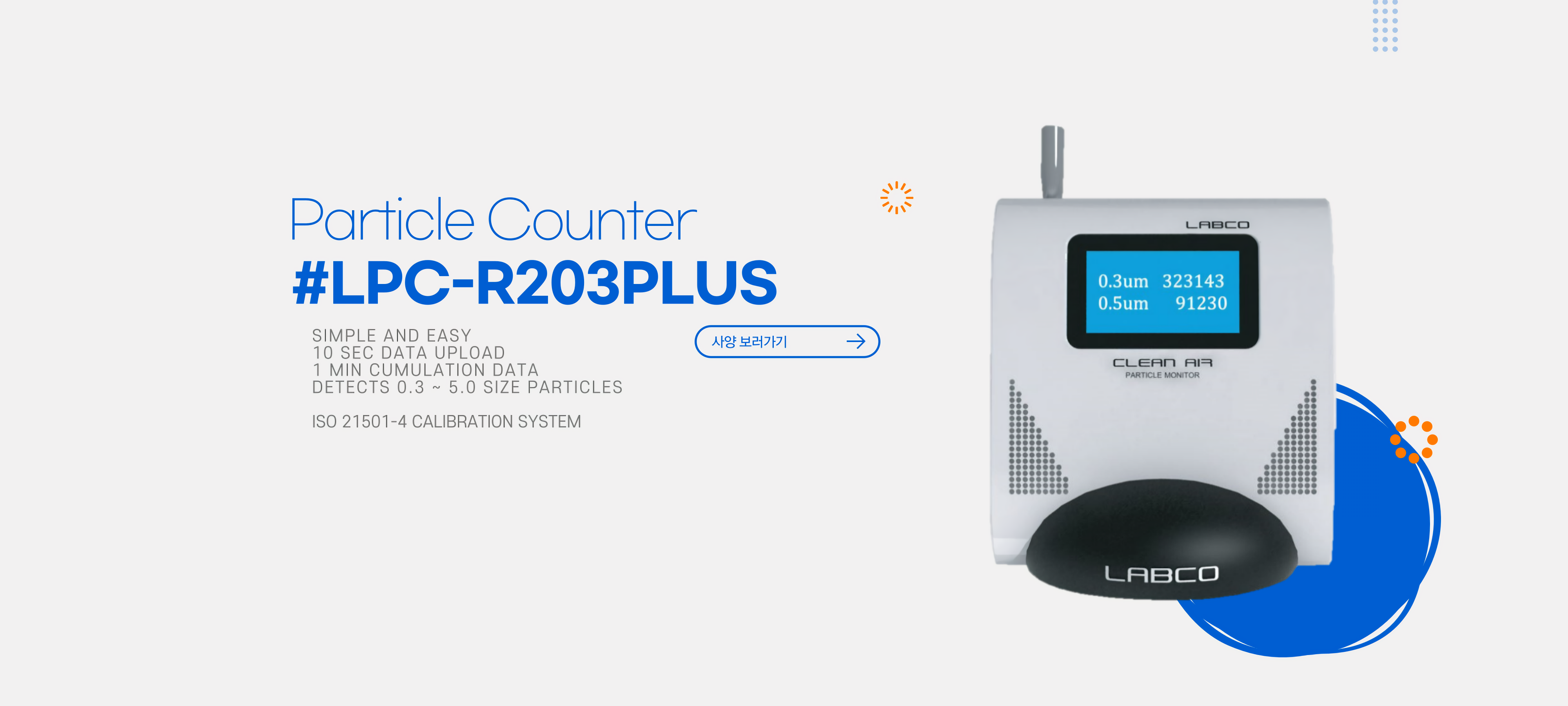Air pollution is one of the very significant environmental health problems faced by humans across the world. An important aspect of controlling air pollution may be the measurement of particulate matter within the atmosphere. This is completed through the usage of dust meters. Particle counter(파티클카운터), also called particulate matter monitors, are instruments that measure the amount of dust and particulate matter in the air. Understanding the functionality of dust meters is crucial for efficient air quality monitoring. In this post, we shall explore how dust meters work and their advantages in detecting dust and particulate matter in the air.

Dust meters can be found in various models and types. However, their functionality is actually the same. They operate by using a light diffusion principle. The device has a warning that emits a mild beam in to the atmosphere, measuring the concentration of dust particles in the air by monitoring the diffusion level of the light. The measured data is then converted into an air quality index. Given their compact size, dust meters can be easily carried around to monitor air quality in different locations. Dust meters can be classified as either portable or stationary. Portable dust meters are created to be used for short-term air quality measurement projects, while stationary meters are useful for long-term environmental monitoring.
Another important facet of dust meters is their measurement range. Dust meters are generally made to measure different sizes of particulate matter, that are categorized as PM2.5, PM10, and TSP (Total Suspended Particulate). PM2.5 identifies particulate matter with a height of significantly less than 2.5 micrometers, while PM10 has a height of significantly less than 10 micrometers, and TSP measures the amount of particles with a height of fewer than 100 micrometers. When measuring air quality for health and environmental purposes, PM2.5 is probably the most significant factor. Particulate matter with a length of less than 10 micrometers is hazardous to human health since it could enter deep in to the respiratory system and cause respiratory problems, lung cancer, and other significant health issues.
One significant benefit of dust meters is their cost-effectiveness. Traditional air quality monitoring usually requires the installing of expensive equipment and infrastructure. In contrast, dust meters are relatively cheap, and their maintenance cost is low. Moreover, the tools are easy to install, and their results can be purchased in real-time, providing accurate quality of air data that's easily accessible. This improves the full time and resource efficiency of quality of air monitoring and management.
Dust meters have other advantages, too. They are able to adequately measure the impact of a certain activity on the environmental surroundings, such as for instance construction sites or factories, by monitoring the quantities of dust they emit in to the environment. This can help in regulatory compliance and monitoring.

Conclusion:
Dust meters are essential tools in controlling air pollution and maintaining good air quality. By understanding their functionality, we are able to appreciate their importance in environmental management and stay on top of quality of air monitoring efforts. The utilization of dust meters might help us mitigate human health threats and comply with environmental regulations better. Their cost-effectiveness, accurate real-time data, and portability make them vital instruments, and it is imperative to embrace them fully in our efforts towards maintaining a clear and safe environment.
